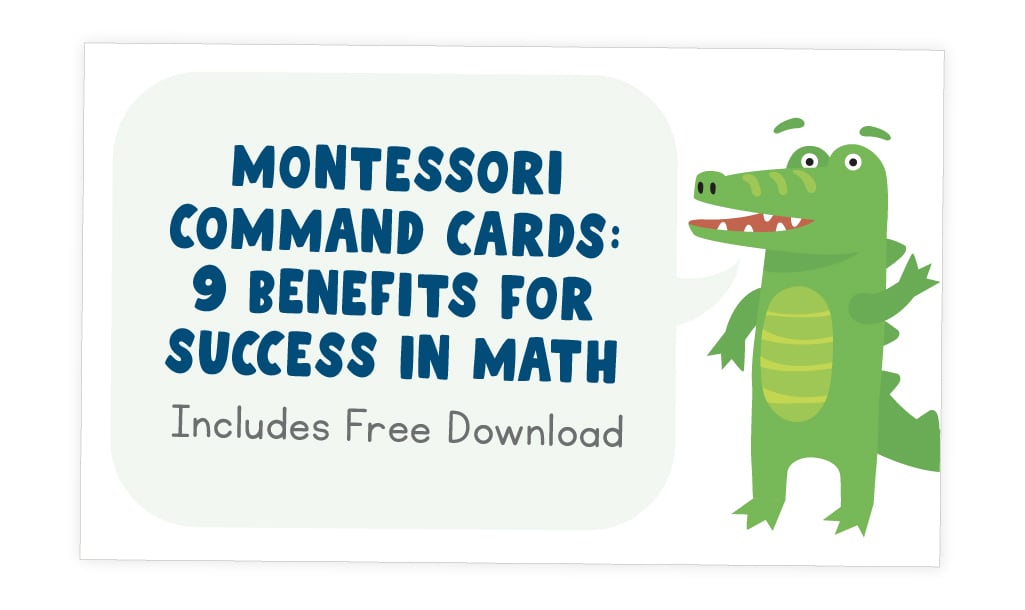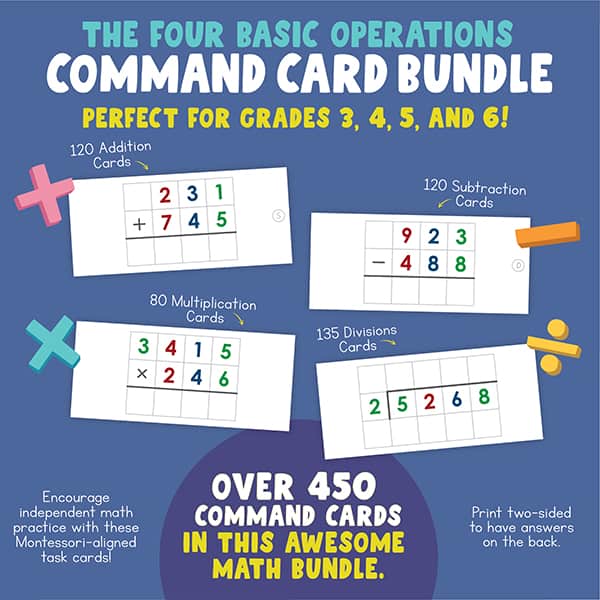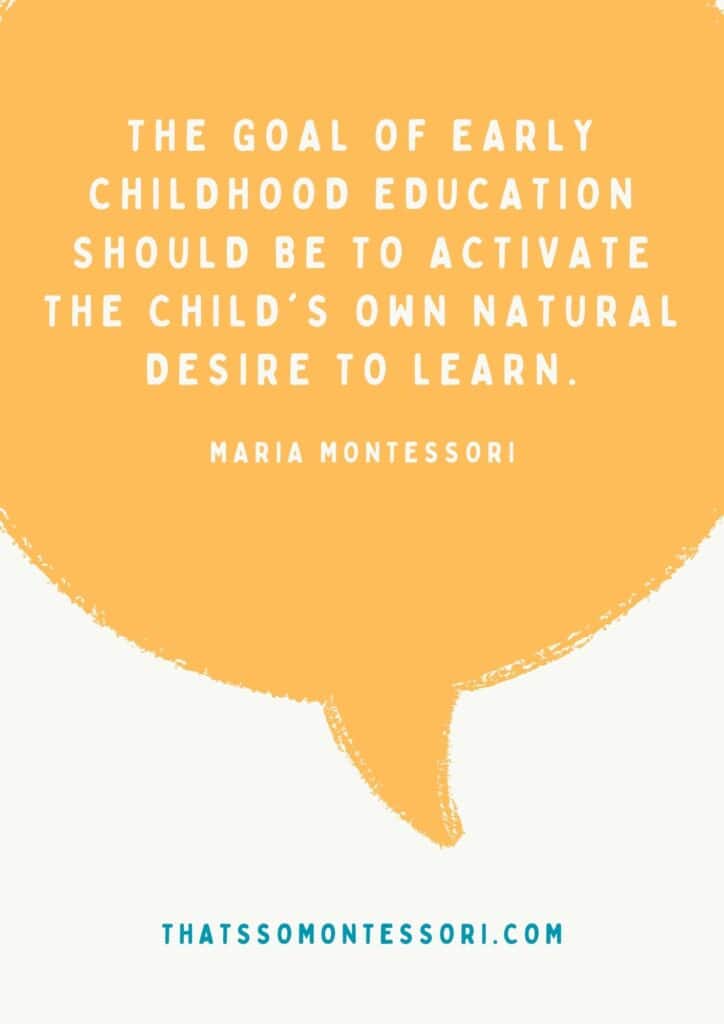Math Made Easy: 9 Montessori Command Card Benefits
Calling all elementary teachers! You’ve likely come across the term ‘Montessori command cards.’ But have you explored their potential in your math classroom?
As a seasoned Montessori elementary teacher, I’ve discovered the incredible value these command cards offer. They aren’t just tools; they’re powerful assets that reinforce concepts and foster independence in any elementary learning environment.
Not sure what Montessori command cards are?
In most Montessori elementary classrooms, you’ll find two primary types of activities neatly displayed on the shelves.
The first type involves the Montessori materials themselves, things like the Montessori checkerboard and racks and tubes, which are carefully designed educational tools.
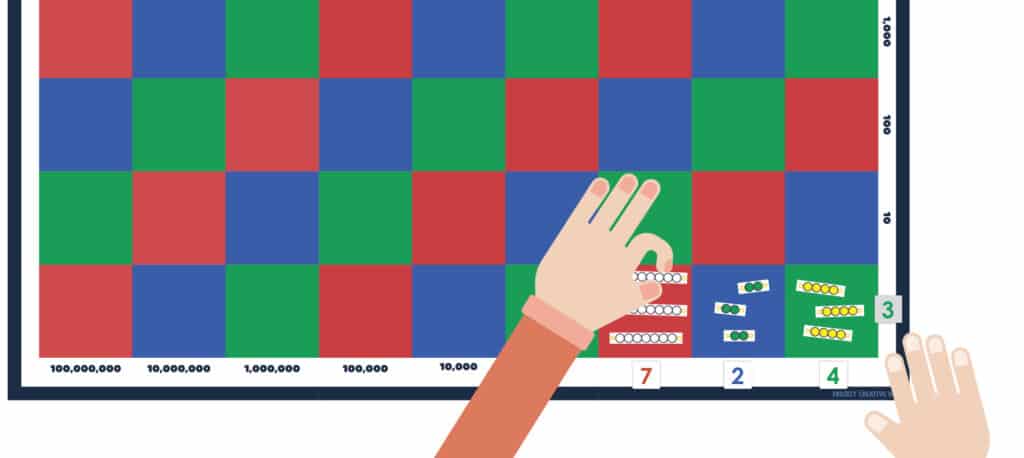
The second type is a set of cards known as command cards or task cards, and these play a special role in reinforcing what has been taught.
Command cards serve as prompts in the form of question cards that help students practice and apply what they’ve learned in a lesson.
No larger than a cue card in size, Montessori command cards are like mini-challenges for students. Each card gives them a task or question to work on by themselves, helping them learn and explore on their own.
Depending on the command card set being used, tasks can range from solving math problems to creating sentences using different parts of speech or even conducting experiments.
I love using command cards with my elementary students because they turn learning into a fun experience. It’s not about memorizing; it’s about practicing what they’ve learned, boosting their confidence. No rote learning here!

9 Benefits of Montessori Command Cards in Math
Imagine a classroom where learning math becomes engaging, interactive, and fun. That’s what happens when I use Montessori command cards in my elementary math class.
Task cards bring a wealth of advantages, not just for students but for educators too. Check out these fantastic benefits I’ve personally witnessed in my own classroom. Keep an eye out for #4 – it’s a real game-changer!
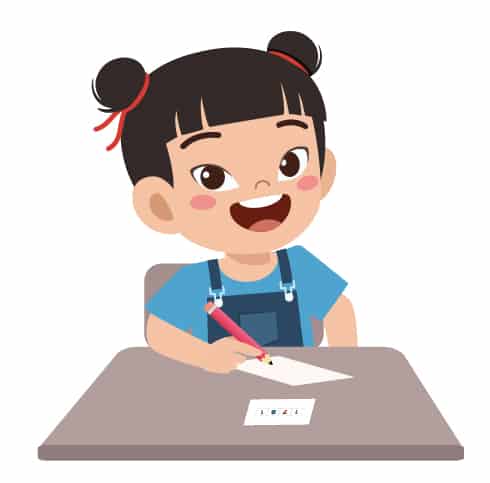
1. Reinforcement of concepts taught in the classroom.
Command cards provide an opportunity for students to practice what they have learned in class. Repetition is a key element in the process of learning, especially in math. Just like doing exercises to strengthen your muscles; repeating math problems helps strengthen the ‘mathematical muscles’ of the brain.
Montessori command cards offer this essential repetition by presenting students with a variety of math challenges related to concepts covered in class.
2. Encourages independence in young learners.
Command cards allow students to work independently, choose questions that meet their needs, and explore questions that stretch their knowledge. This freedom builds autonomy and a sense of responsibility for their own learning.
Additionally, it fosters a growth mindset, as students become more comfortable taking ownership of their educational journey. This empowerment not only enhances their academic skills but also nurtures critical life skills such as self-motivation and perseverance.
Teacher Tip: You Can Make Montessori Command Cards Fun!
Montessori command cards are a fantastic way to make learning fun and engaging for your elementary kids.
Whenever possible, I like to personalize the task cards I use to match student interests. I often have students create word problems from the command card questions they are working on that use student names and relate to their interests. This customization not only makes learning more enjoyable but also empowers students by giving them a sense of ownership over their education.
Another way to make things fun is to have students work as a class, in pairs, or in small groups. When students work together to solve problems, it fosters teamwork and camaraderie. This creates a judgment-free environment where mistakes exist as part of the learning process.
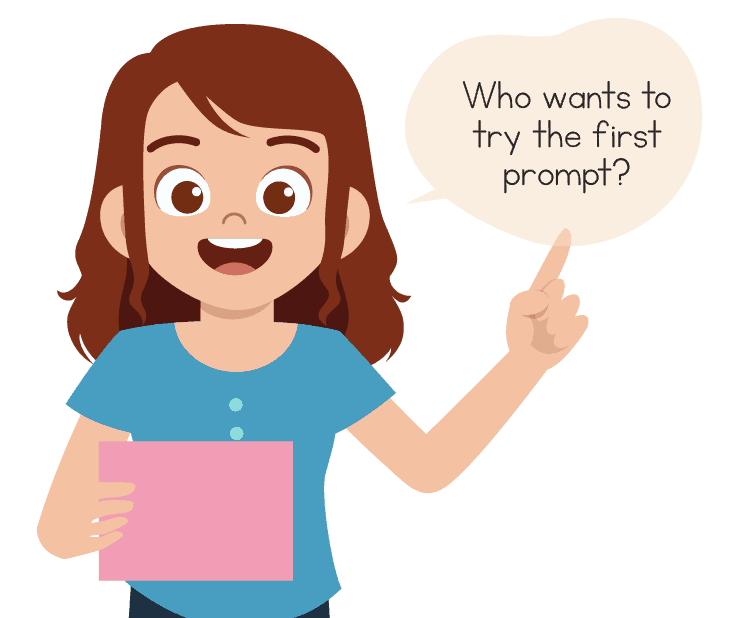
3. Offers a variety of work and challenges.
Math command cards offer a diverse range of work and challenges to cater to students at various learning stages.
Task card sets often feature different levels of difficulty, providing options such as simple problems with smaller numbers as well as more intricate questions that demand deeper understanding. This flexibility allows students to choose the level that matches their skills, ensuring that they are continually engaged and challenged as they progress in their mathematical journey.
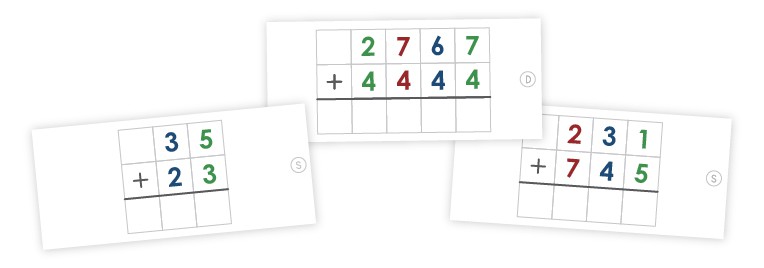
4. Saves time and effort.
Montessori command cards are a teacher’s time-saving bff, and we all know that teachers can always use some extra time. They do away with the need for teachers to spend hours creating math questions and using a calculator to correct student work by providing ready-made exercises with answers included.
Command cards offer excellent opportunities for students to solidify their understanding of a wide range of math concepts and topics. With them, teachers can say goodbye to the days of making random questions for students to solve and instead devote more of their energy to delivering captivating lessons that inspire student engagement and understanding.
😎 Command Cards are Sustainable and Cost-Effective!
A standout advantage of using command cards is their eco-friendly and budget-conscious nature.
Unlike printing multiple worksheets for each student, these cards are reusable. This not only reduces paper waste but also saves valuable classroom resources while providing students with endless opportunities for learning and practice.
5. Builds self-correction and reasoning skills.
Self-correction is more than just checking answers; it’s a fundamental skill that empowers students to assess their own work critically. It encourages them to reflect on their thought processes, identify errors, and refine their problem-solving techniques.
Using task cards in math that provide students with answers encourages them to think critically, analyze problems from different angles, and make connections between concepts.
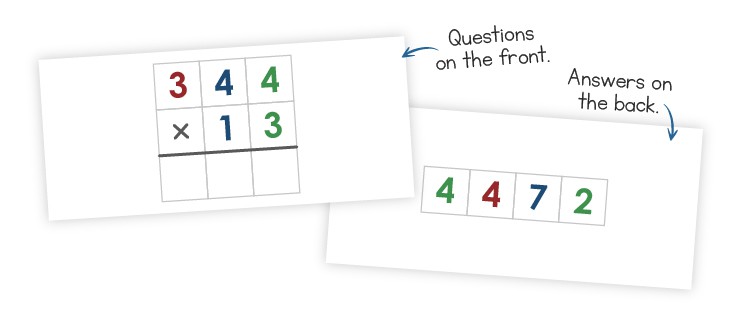
These skills extend far beyond the classroom, equipping students with the tools they need to navigate complex challenges both in school and life beyond the classroom.
Read more about The Power of Self-Correcting Montessori Command Cards below in this blog.
6. Promotes higher-level thinking skills.
Math task cards are like brain-boosting puzzles for kids. But the thing is, they stretch beyond math practice. They serve as powerful tools for sharpening thinking skills.
Kids not only learn to take on challenges and find smart solutions but also develop the essential ability to reflect back on what they have learned and think for themselves, fostering independence and confidence in their problem-solving abilities.
Command cards make the learning journey enjoyable and provide youngsters with the valuable cognitive tools needed to thrive.
7. Makes learning more meaningful.
We all know that math isn’t just about numbers; it’s about individual growth and discovery. Math command cards embody this philosophy perfectly. They empower students to select the math questions they want to work on, making learning a personal experience.
With the freedom to make their own choices about the math questions they solve, students become more engaged in learning. I always found that when learning is made fun and tailored to their preferences, absorption of knowledge just becomes second nature.
Task cards create a dynamic and enjoyable learning atmosphere where students can truly connect with what they’re learning in math, turning each problem into an opportunity for meaningful exploration and mastery.
8. Allows teachers to see where students are struggling and succeeding.
One of my favourite things about math command cards is that they are a way for teachers to understand how well students are doing in an interactive manner.
When students work with task cards, teachers can see what they’re good at and where they might need more help. For example, if students find multiplication easy but struggle with completing command card questions for division, it tells the teacher where to focus more attention.
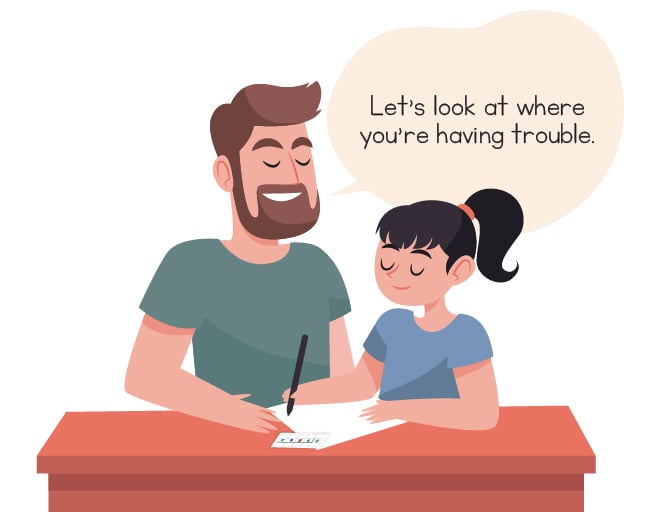
This helps teachers give each student the right support they need. It also helps teachers improve their teaching methods based on what they learn from how their students do with these cards.
9. Great for all skill levels.
Math task cards are versatile, making them an ideal tool for elementary students of various skill levels, including those who might feel overwhelmed by their workload.
Unlike traditional worksheets with multiple questions on a single page, command cards allow students to approach one question at a time. This approach was a hit with my students, and here’s why:
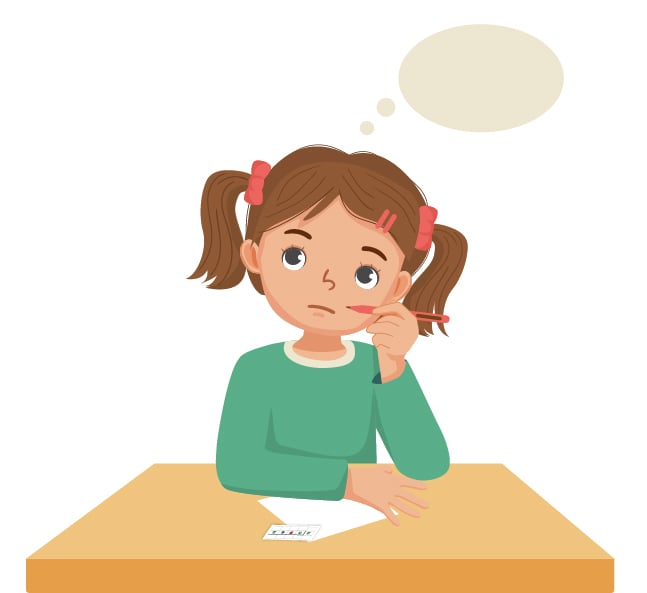
It grants them the freedom to take as much time as they need to grasp and solve each question before moving on. This flexibility is a win-win, benefiting students who require additional time to solidify their understanding and find satisfaction in completing each card, while also challenging those who excel to dive deeper into their mathematical explorations.
In my opinion, it’s not about how many command cards students finish in math; it’s the quality of answers and the confidence they gain that really matter.
Math Command Cards for Your Elementary Classroom
I know how important having easy learning resources at your fingertips is – in the classroom, at home, or even on vacation – and that’s why we made a few sets of math command cards. They offer a wide range of questions for elementary students to practice:
➕ addition;
➖ subtraction;
✖️ multiplication; and
➗ division.
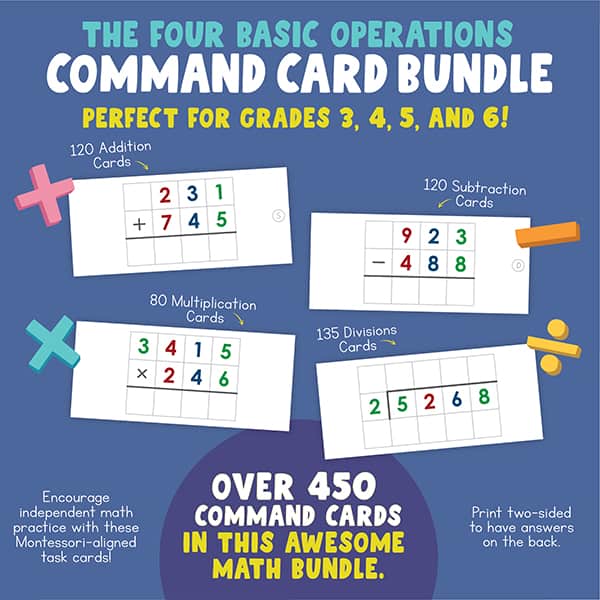
We also have a command card bundle that includes the four basic operations.
But that’s not it! You need to check out our task cards for practicing the order of operations and the distributive law of multiplication. Essentially, we have enough questions to keep your students challenged as they practice their math skills.
Our math command cards provide students with a simple and effective way to independently practice and master specific math skills. They can choose questions that are simple to get warmed up or strengthen their skills and then move on to more challenging tasks as they feel ready. And all of this while exploring concepts at their own pace.
These cards are perfect for teachers looking for an engaging and interactive way to reinforce mathematical concepts taught in the classroom. With our math command cards, your students will have the tools they need to take command of their math learning.
And we’re always making more. So stay tuned!
Montessori Command Cards in Math Class
Similar to flash cards, math-based command cards have a question for students to work on and are used to practice specific math concepts. This makes them a great educational tool in any classroom or home school setting.

As a Montessori elementary teacher, what I appreciate about math command cards is that they are self-correcting meaning that they commonly come with math questions shown on one side with the answer displayed on the reverse side of the card. If the answers are not on the back of the card, they might be found on a control chart or answer sheet. Having answers at their fingertips adds an element of independence and trust as students take on these math tasks.
Montessori math command cards are often colour-coded, just like the Montessori math materials. These colours aren’t random; they’re carefully chosen to match the Montessori hierarchical system. Each colour corresponds to a specific number family, creating a visual roadmap for young learners.
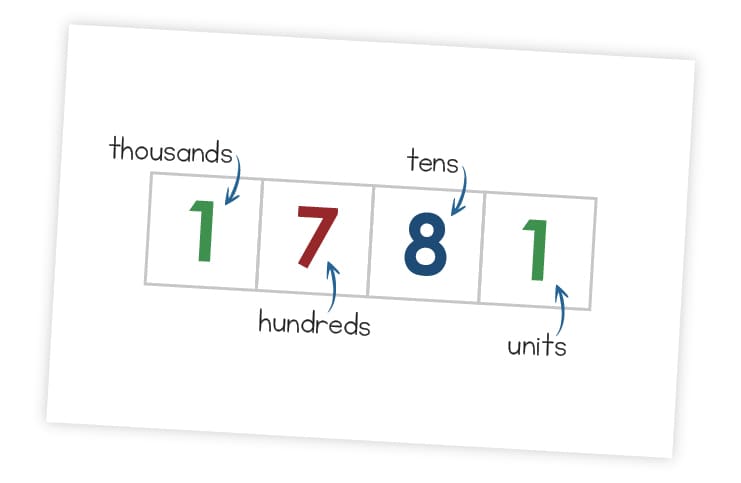
The beauty of Montessori command cards for math lies in their versatility. Whether you are teaching the four basic operations or complex concepts such as the order of operations or distributive law of multiplication, there is a set of command cards out there that can help your students practice and reinforce their understanding of a variety of math topics.
I’ve observed that by using task cards in math, students have a greater degree of autonomy in their learning. They can choose which cards to work on based on their skill level and interests, allowing them to take ownership of their education. That’s so Montessori!
The Power of Self-Correcting Montessori Command Cards
As you now know, self-correcting command cards are learning materials that include both a question for students to solve along with the correct answer to the question.
This allows students to independently check their responses, promoting self-reliance and instant feedback.
Self-correcting command cards are vital, especially for elementary students as they provide immediate answers, which allows students to build confidence and reasoning skills through learning from mistakes.
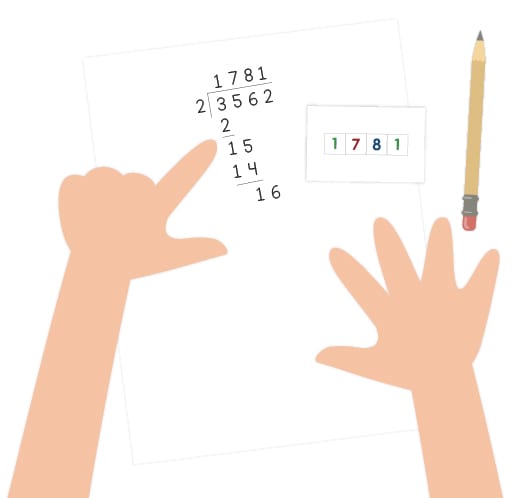
A difference between Montessori and traditional school is that in Montessori mistakes are embraced as chances to learn and grow. My students do not see mistakes as failure but as stepping stones to progress. When they make mistakes when working with Montessori command cards, it’s an invitation for them to improve their skills.
Self-correcting Montessori command cards embody Montessori’s essence – nurturing independent, inquisitive, and self-assured learners. They foster exploration, self-discovery, and lifelong learning habits.
Command Cards Are Great for All Subject Areas!
Did you know that command cards aren’t limited to just math?
I’ve found them to be a great learning resource in every subject area for my elementary students because they put learning right into their hands. What I find makes them effective is their ability to present clear, concise problems to solve.
Each card offers a focused challenge, making it easier for students to grasp the specific concept at hand. This focused approach enhances their understanding and retention of the material.
By using command cards across different classroom subjects, I’ve observed how they create an environment ripe for interactive learning and foster teachable moments.
Command Cards in Language
Command cards can be used to master the 8 parts of speech. They are great for teaching sentence construction as well as grammar rules.
Enhance your elementary language lessons with command cards like these symbolizing sentences which are designed to make grammar and language concepts engaging and fun for young learners.
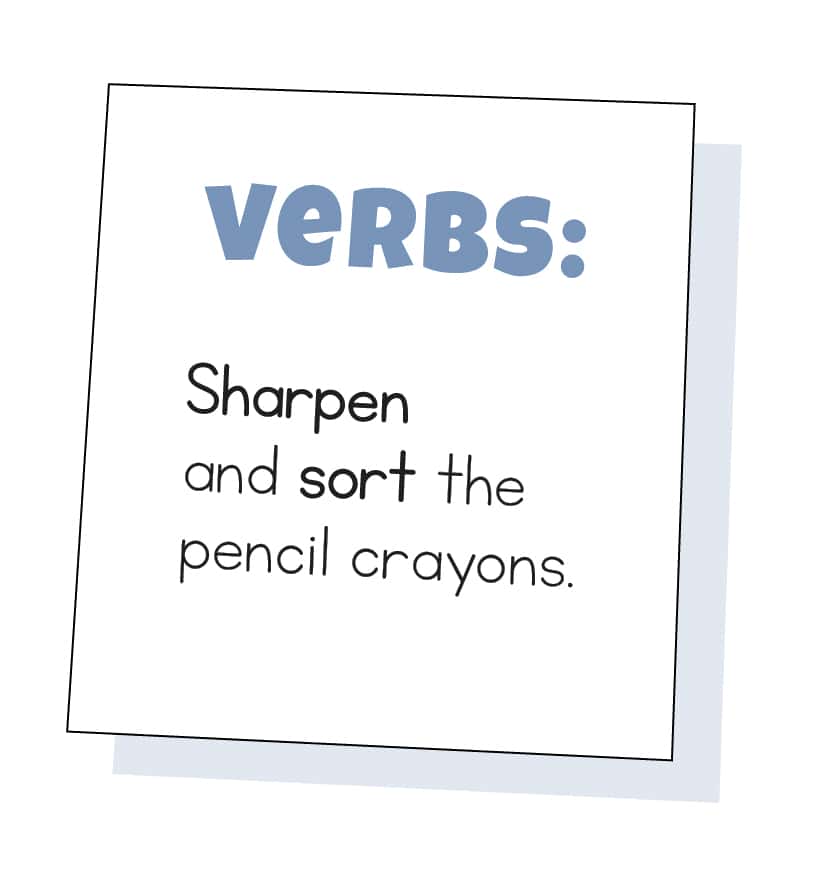
Task cards help elementary students reinforce concepts taught in language lessons while encouraging independence and free thinking.
⭐️ Command their knowledge of nouns with this activity!
Although technically they’re not command cards, our Noun Memory Matching Game is a great way to bring some fun into your classroom using the flash card style of learning.
Bring biology and language together in an engaging way.
This activity is the perfect addition to any classroom, playroom, or even hotel room on vacation. Check it you, we know you’ll love it.
Command Cards in Biology
In Biology, command cards can be used to understand how animals are classified into their respective categories such as mammals, reptiles, birds, or fish.
These cards can include pictures of the animals, and their habitats, with text outlining a specific task to complete about the animal. Students can also explore parts of plants and different types of flora with command cards. This approach is ideal for visual learners who benefit from the use of images and diagrams.
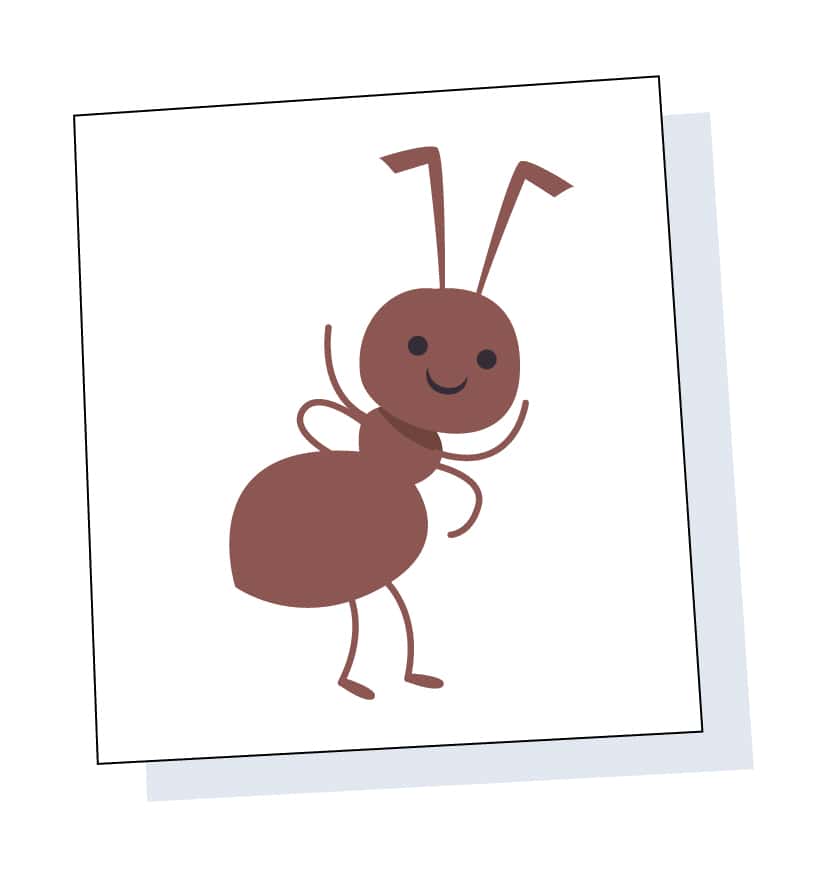
My students love it when I bring out animal habitat command cards because they like to get their hands on building different habitats of different species. These activities bring an element of play to learning which leads to learning in disguise!
Command Cards in Geometry
Students can solidify their understanding of angles or identify unique aspects of different shapes such as triangles, quadrilaterals, and circles with command cards.
These cards typically include tasks that get students exploring their environment in search of shapes and angles. Oftentimes, students are even asked to build the shapes they are on the hunt for.
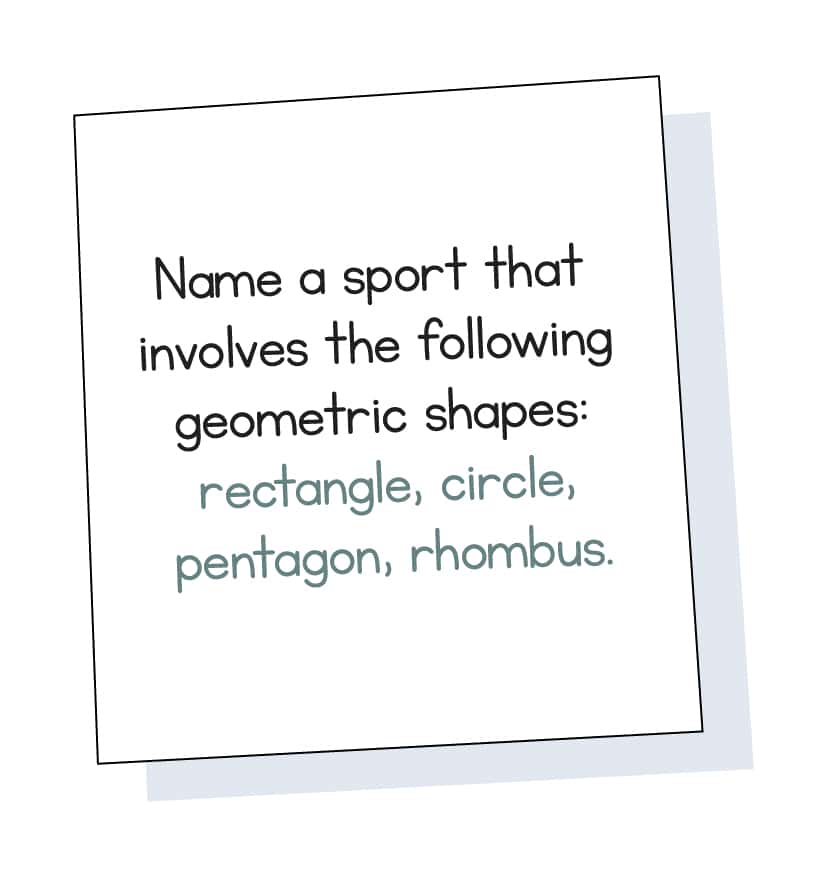
Geometric shapes command cards are appealing to elementary students because they get to engage with the material in a hands-on way. This is particularly effective for kinaesthetic learners.
Task cards make geometry easy to understand and accessible for all types of learners.
Command Cards in Geography
Command cards can be used to teach different aspects of geography such as countries, continents, oceans, climate zones, and landforms.
They provide students with specific tasks to complete, such as locating different landforms on a map, identifying the flags of different countries, or categorizing countries based on their climate zones.
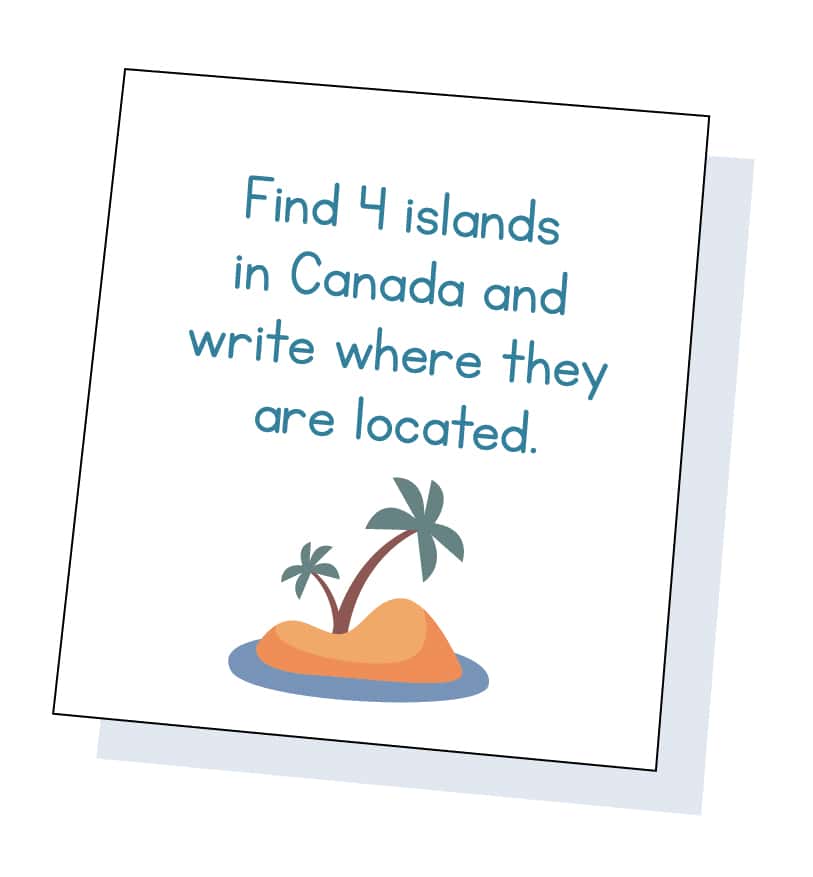
I find land and water form command cards invaluable as they encourage students to engage with a globe, atlas, and Montessori classroom materials, fostering a blend of reading, writing, and hands-on exploration in their learning process.
Command cards are a fantastic addition to any physical education class, as they make doing activities more enjoyable and even educational for students.
These task cards typically provide clear instructions for various exercises, movements, or games, making it easy for kids to understand and perform them correctly. Command cards also enable teachers to tailor exercises to suit students of different fitness levels, ensuring inclusivity in every class.
Using task cards allows students to focus on one concept at a time and work towards mastery before moving on to the next task.
Command Cards in Science
Students are encouraged to engage with the material in a more tactile and sensory way with science command cards that include interactive experiments.
These extension activities make it easier for students to understand and remember concepts learned in class. This is perfect for the child in the second plane of development who loves exploring. Science command cards can cover a wide range of topics, including the periodic table of elements, physics, and even environmental science.
I absolutely love using science experiment tasks to captivate elementary students in the world of science. With clear, kid-friendly instructions and accompanying worksheets for hypothesis and analysis, these experiments offer a rich and engaging learning experience.
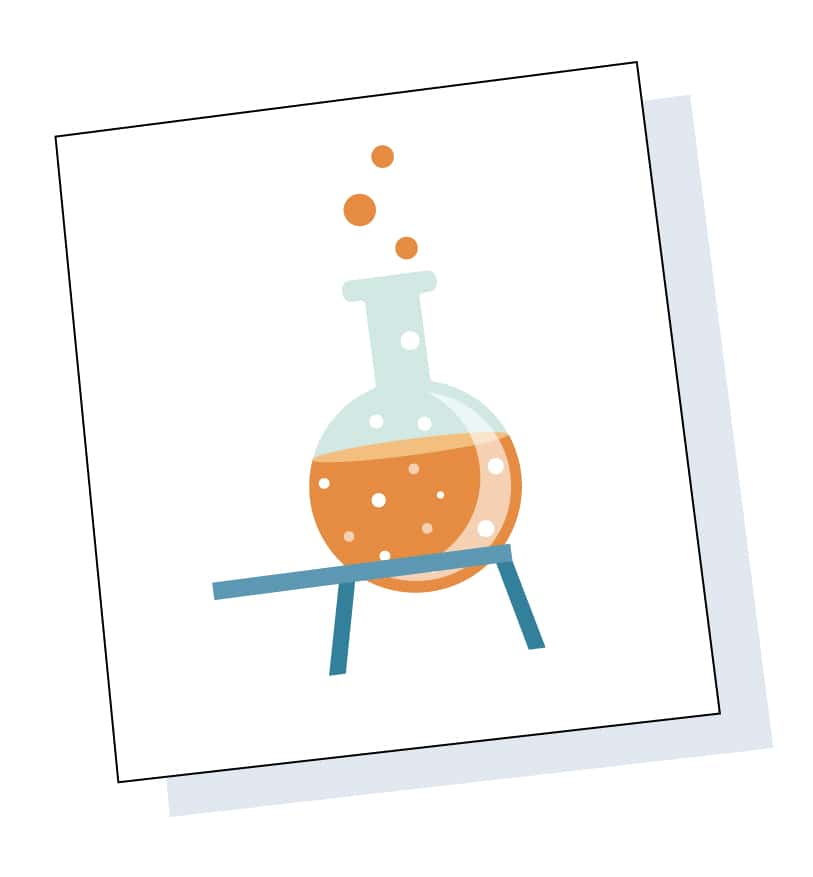
By using command cards in science, educators can ensure that they are covering all the necessary topics and allowing their students to get their hands on a broad range of scientific concepts.
Command Cards for Social-Emotional Skills
In elementary school, helping kids develop social and emotional skills is important, and command cards are a fantastic way to do this.
Command cards make learning about feelings, communication, and getting along with others fun and interactive. By using task cards, we’re giving students the tools they need to build strong friendships, express themselves well, and do well not only in school but in life. These cards are a fun game and help kids learn about emotions and how to connect with others.
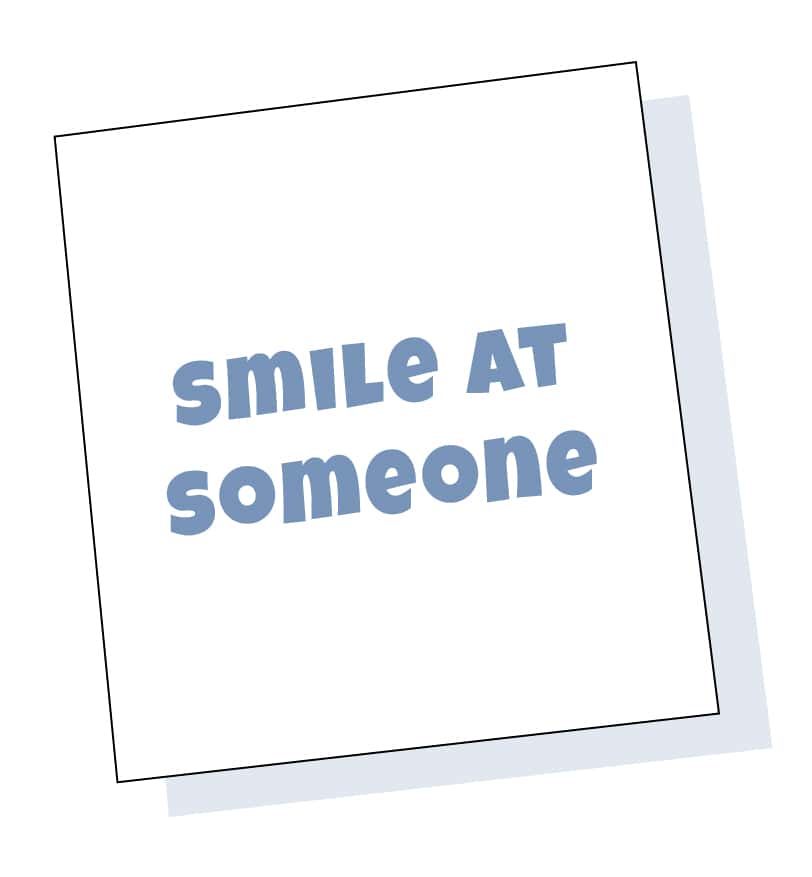
We made an engaging FREE printable for your elementary students that teaches social-emotional skills.
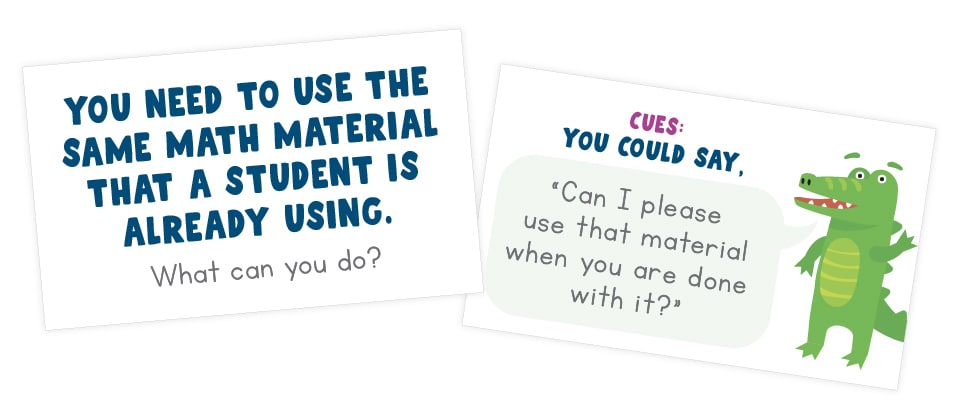
The prompts outline common social scenarios, encouraging students to interact, express emotions, and respond to different situations. This interactive approach transforms learning into a fun experience, where students step into roles and experiment with social dynamics.
These task cards develop empathy, communication, and self-regulation skills, fostering self-awareness, problem-solving abilities, and confidence.
Sign up for our newsletter to get a copy for your classroom now!
Command Cards in Physical Education
I love incorporating task cards into gym class because they provide a fantastic opportunity for students to explore various ways of moving their bodies, fostering a fresh perspective on movement and encouraging creativity in physical activity.
Regardless of the subject matter, working with command cards gives students the choice of how they construct and demonstrate their learning. This approach encourages learners to take ownership of their education. As a result, the information presented on the cards is more meaningful to them, and they are more likely to remember what they learned.
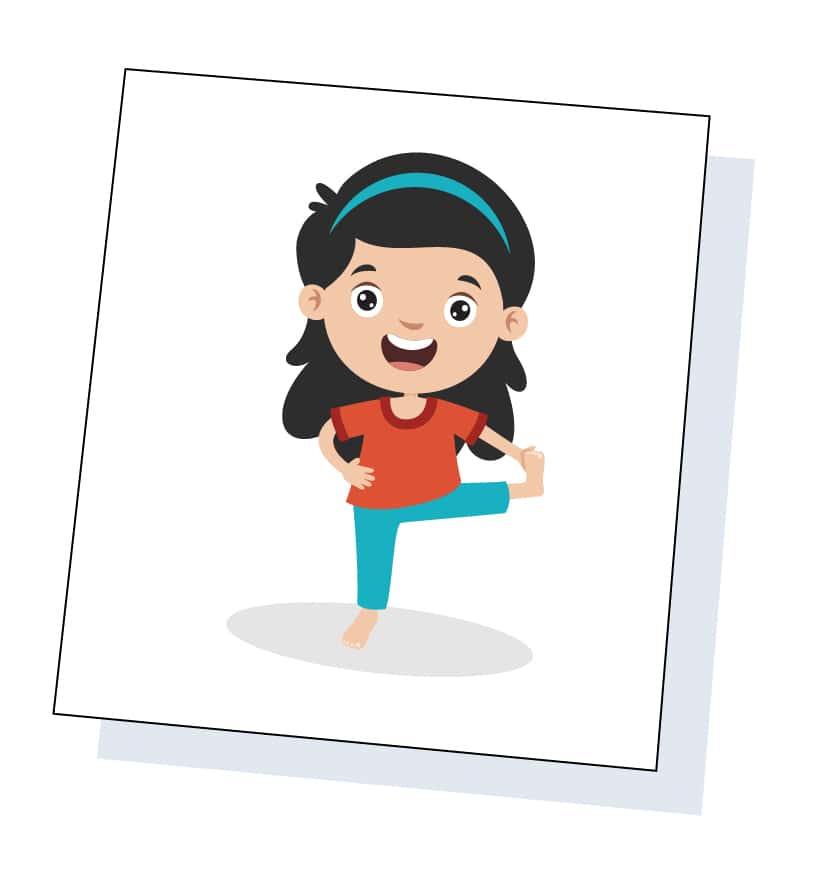
The Wrap-Up: Montessori Command Cards
Montessori command cards are powerful tools that can greatly benefit students in math. By using command cards in your teaching, you can create a learning environment that encourages independence, critical thinking, and mastery of concepts.
The beauty of command cards is that they allow students to learn at their own pace. Students can choose questions that challenge them and practice concepts they want to improve.
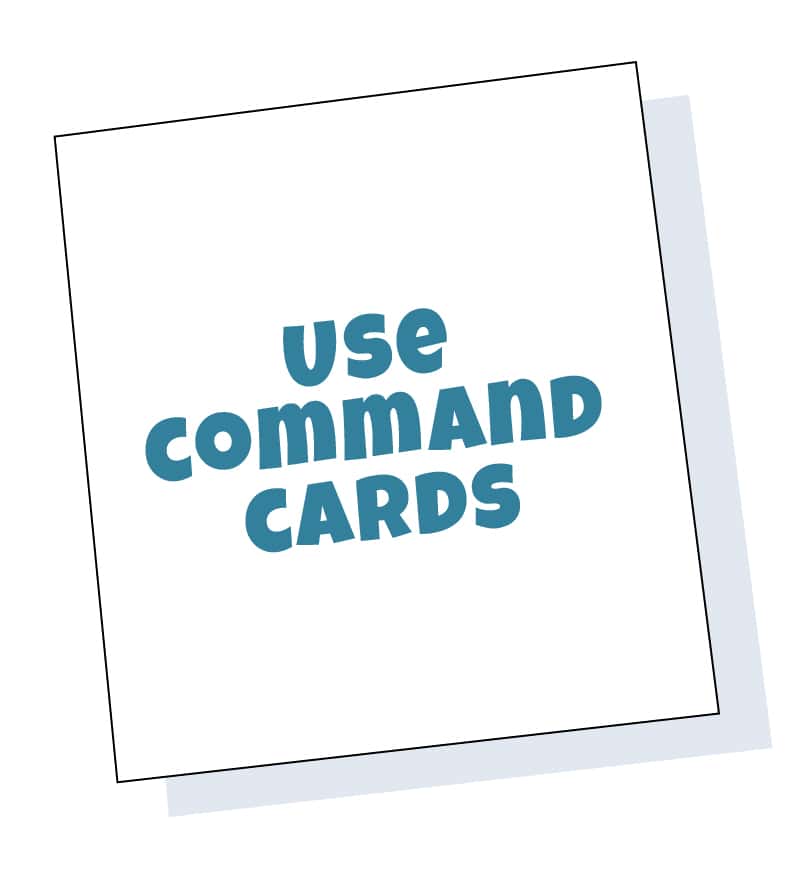
Task cards also make learning fun and interactive, fostering a sense of achievement when students successfully complete a card.
This is your sign to give Montessori command cards a try in your math class, or any class for that matter. The benefits are clear and tangible, and you may be surprised at how quickly your students respond to this engaging and effective teaching tool.
💡 Keep your kids busy learning with the activities in these blogs:
11 Ways to Use Our Roll A Story Dice Game
13 Engaging Vocabulary Development Activities for Elementary Kids
Rebus Puzzles for Kids: A Comprehensive Riddle-Solving Guide
31 Fun Summer Reading Activities Elementary Students Will Love
The Best Neighborhood Walk Scavenger Hunt and 13 Different Ways to Use It
8 Easy Rebus Puzzles with Answers
27 Educational YouTube Channels to Prevent Summer Learning Loss


